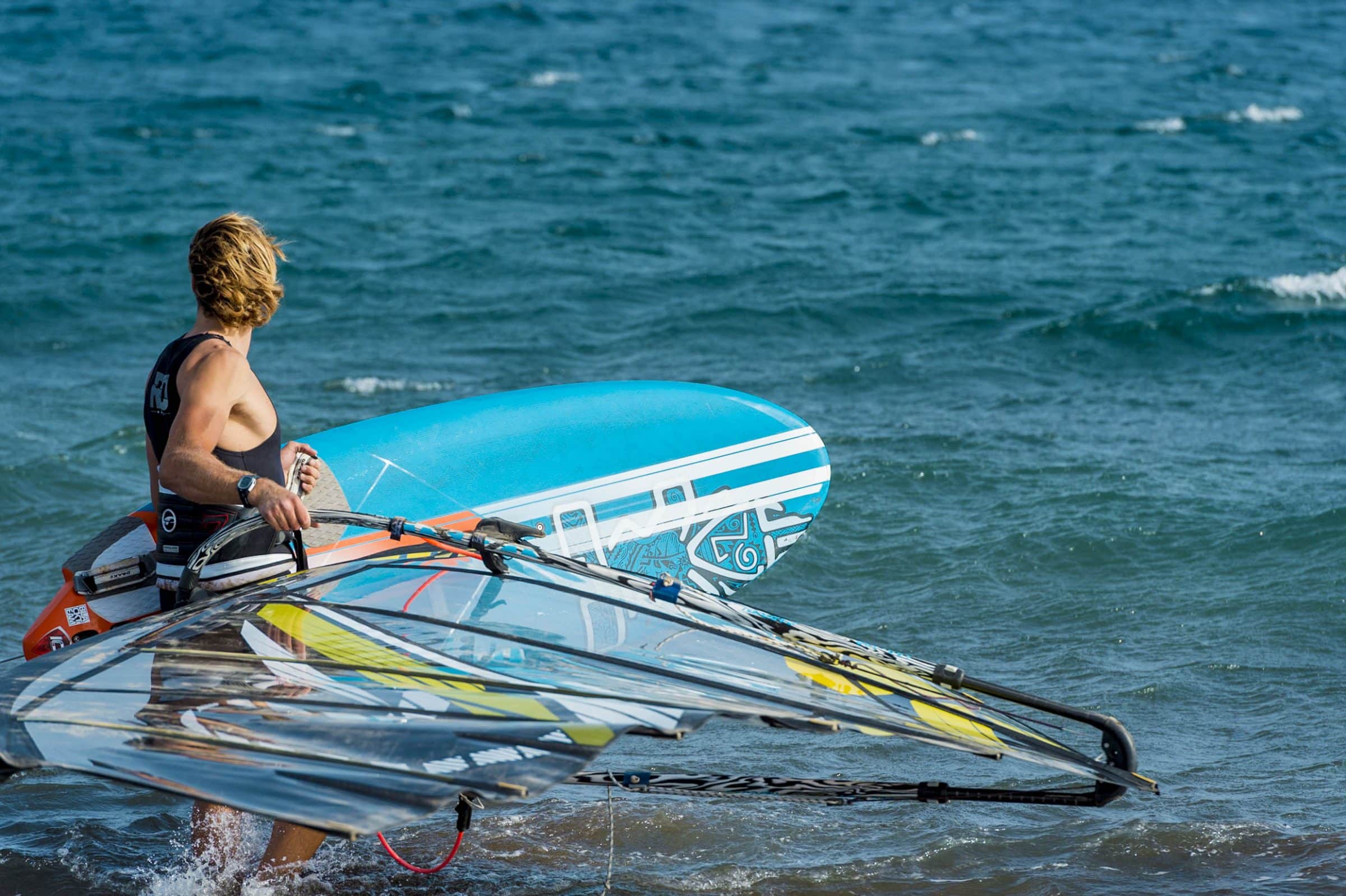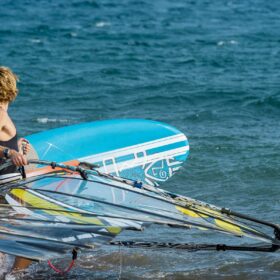- ZERO 26 – OVERVIEW
- SALTpro | PRO WAVE from €659
- SPY | FREESTYLEWAVE from €699
- SLASH | FREESTYLE from €599
- RUSH-1 | FREE SL from €689
- AC-0 | NO CAM RACE from €879
- AC-2 | 2 CAM RACE from Feb 026
- AC-3 | 3CAM RACING from €879
- AC-1 LTD | RACING from €1059
- F1 | FOIL RACING from Feb 026
- F0 | FOIL RACE NO CAM from Dic 025
- Q-BOND SAILS DETAILS
- QBOND DARK SERIES
- ZERO 25 – OVERVIEW
- SALTpro | THE WAVE from €649
- SPY | FREESTYLEWAVE from €659
- SLASH | FREESTYLE from €569
- AC-F | CROSSRIDE from €639
- AC-0 | NO CAM RACE from €749
- AC-2 | 2 CAM RACE from €789
- AC-1 | RACE SERIES from €839
- F1sl | FOIL PRO RACE from €999
- F1x | FOIL NO CAM RACE from €799
- SKOOL | EASY LEARNING
- S-LINE | RENTAL SAIL
- BLACK ARCHIVE
Behind the AC-K

You can either like cams or hate them, but you could still have them, without hating them!
Why should you chose a 3 cam sail against a full race sail? With Point-7, the focus is to deliver a race sail which is way more friendly by offering the 3cam version. The power needed for a certain wind, can be found in a smaller size compared to a full race sail, and our 3 cam sail, will allow the rider to go upwind and reaching in an easier way, against what pro slalom sails do.
Why should you chose a 3 cam sail against a slalom no cam sail? Even if now days a no cam slalom sail, as our AC-X, delivers some of the performances as a race sail, the 3 cam sail, still has the advantage from what a cam can offer.
The main reason to use cams is because they create an important profile to the foil of the sail, even when there is still not enough wind. A no cam sail has profile only when the wind enters the sail, after it had enough pressure to bend the mast. Therefore it takes a long time for a no cam sail, to have a profile. This deeper profile which is locked by the cam, offers stability at low end speeds, when sailing in gusty winds, it delivers immediate power out of the jibe, therefore also immediate acceleration and a higher average speed in limit wind conditions.
How to develop a good 3 cam with the right ingredients? It’s quite simple to say, but then there is a lot of testing to do on the water: take the nice and easy qualities of a slalom no cam, and the same good qualities from a full cam race sail!
Our starting point for all our AC lines, comes from our racing sail: The AC-One. Winner of the PWA slalom world tour 2016; the speed in the AC lines is directly coming from the heritage and development of our world champion sail. Meaning how the wind enters and exits the sail.
The main difference from our AC-One is that the AC-K has a smaller luff width sleeve. Being narrower, it wins in weight, and chance of filling up with a lot of water when falling, making it harder to water start. A narrower sleeve, is also helping to create little less power on the board, and keeping the rig lighter. The rotation of the sail while jibing is lighter and faster with a narrower sleeve. This way, the technique requested in the jibes and water starts from a full race sail, is less demanding on our AC-K.
The cut out of the boom is smaller than a race sail. This way the S-Shaping on the lower battens is a bit less, allowing the sail to donate more back hand power in light wind. This little more back hand power in light wind, can be used to push more on the fin, with a smaller sail size, making it easy to go upwind and cross-wind. The mid leach is also a little more closed to have more power and gives extra pressure when going cross-wind. A race sail is generally more open so that it can have a more comfortable stance when going full downwind as on the World Cup slaloms, or speed events. When we race on our local spots, we like to be fast in all directions, so a bit closer leach can be useful.
The cams are only 3. This makes it lighter, and on a race sail, the 4th cam is mainly needed when pumping the sail, to bring the mast to be more responsive and lock in the profile during this action. Otherwise it’s not really needed, and unless we really race at very high level, we would not feel the need of it.
Seven battens like the slalom no cam. The smaller luff length allows to set up the sail with only 7 battens. Making this lighter once again, but having the same twist as a full race sail. 8 battens are giving an advantage the moment we are fully powered up, but normally when we want to be on a 3 cam, we also don’t like to be very over-powered. We prefer to rig a smaller sail size and enjoy the comfort of a smaller sail in the hands. When we talk about very over powered, it means when something that only pros can handle. So, don’t limit yourself to over-power the AC-K, as it will still love it. As most magazine say in the test, the AC-K is performing amazingly in strong wind.
The cams will be there on your AC-K, ready to make your windsurfing have more stability in the gusty winds, keeping the profile steady to allow burning accelerations as the wind increase. The cams you’re your high speeds in the light wind, as the wind drops. When jibing, water starting, rigging…. you will not have to handle the stress from the extra technique needed from a full race.








